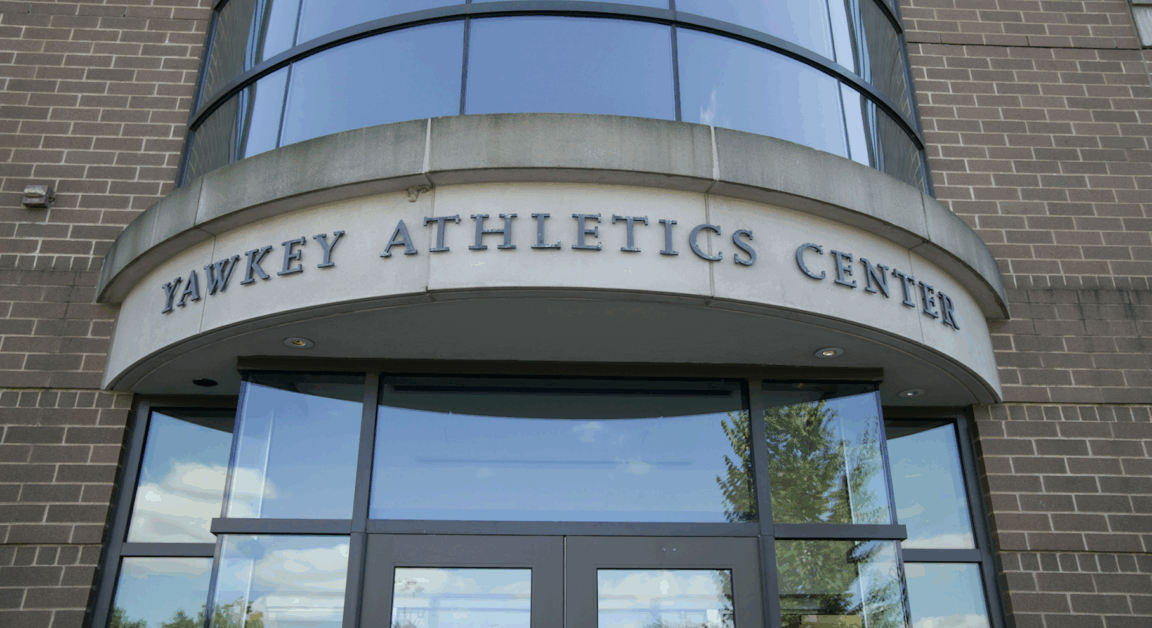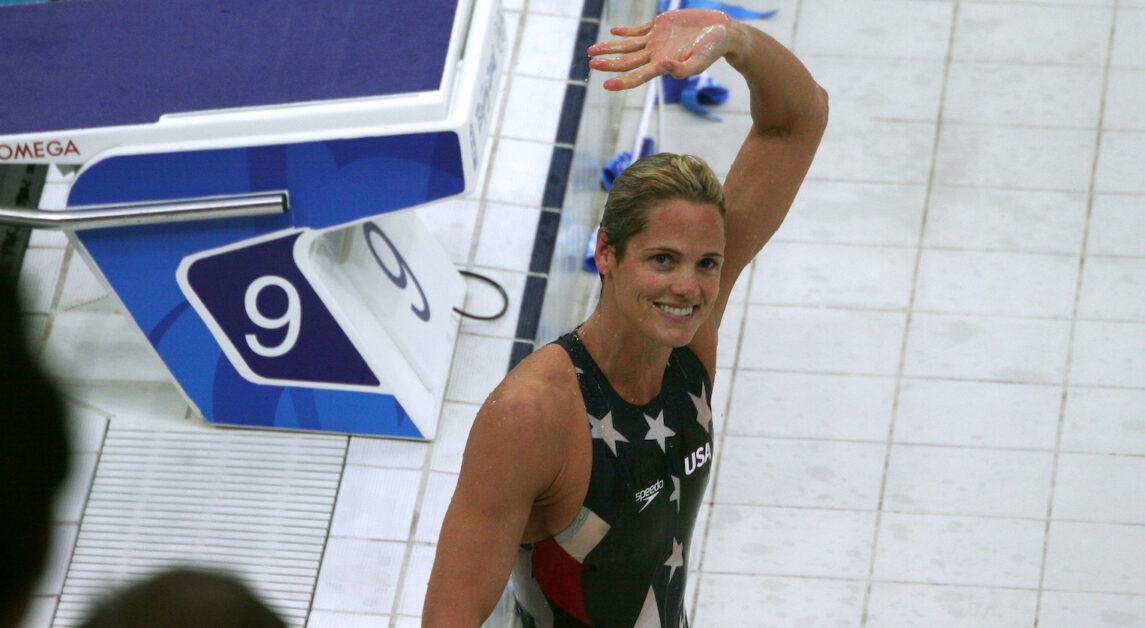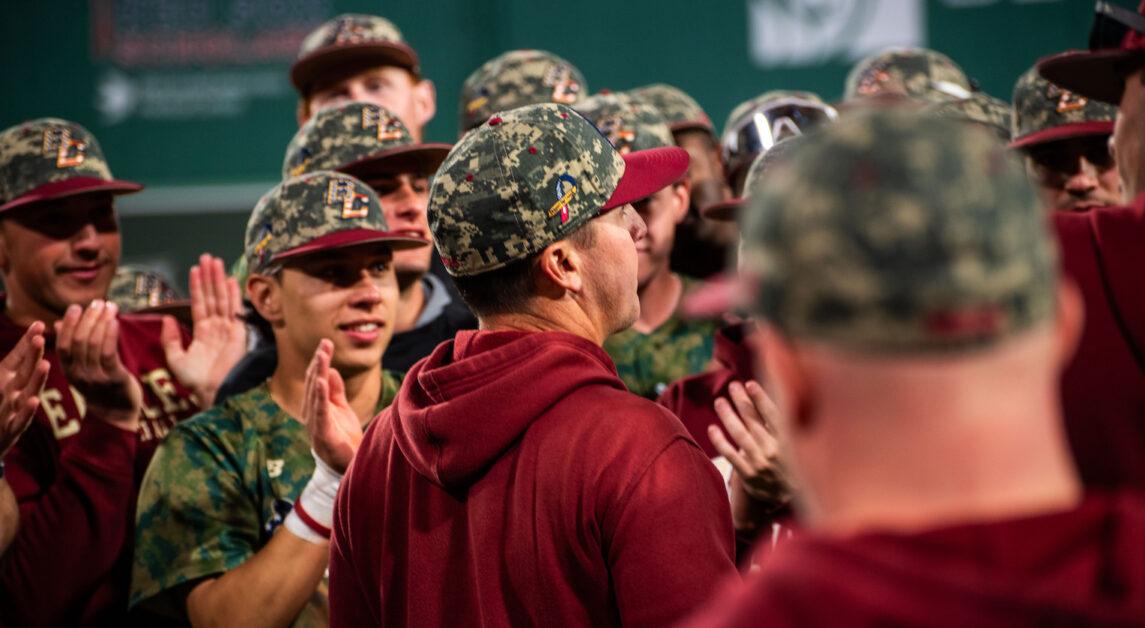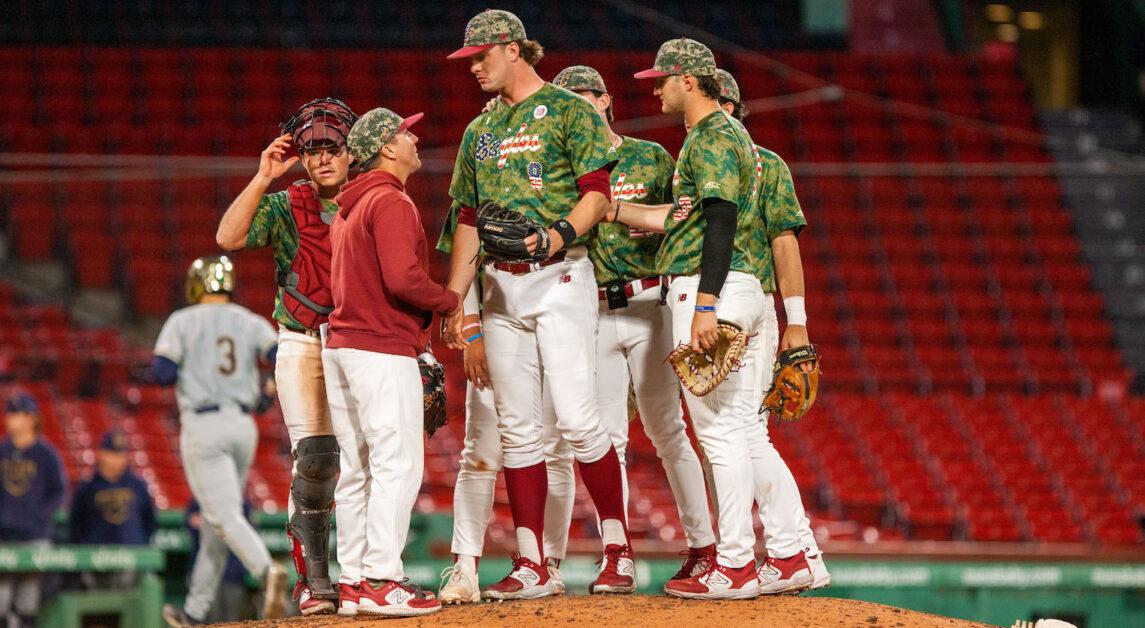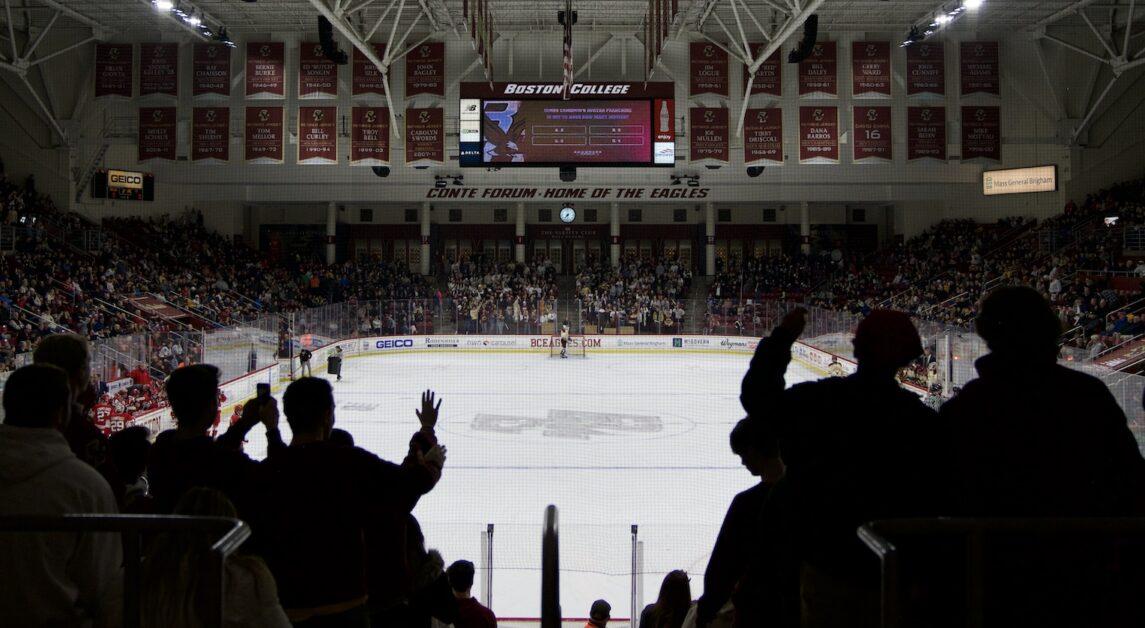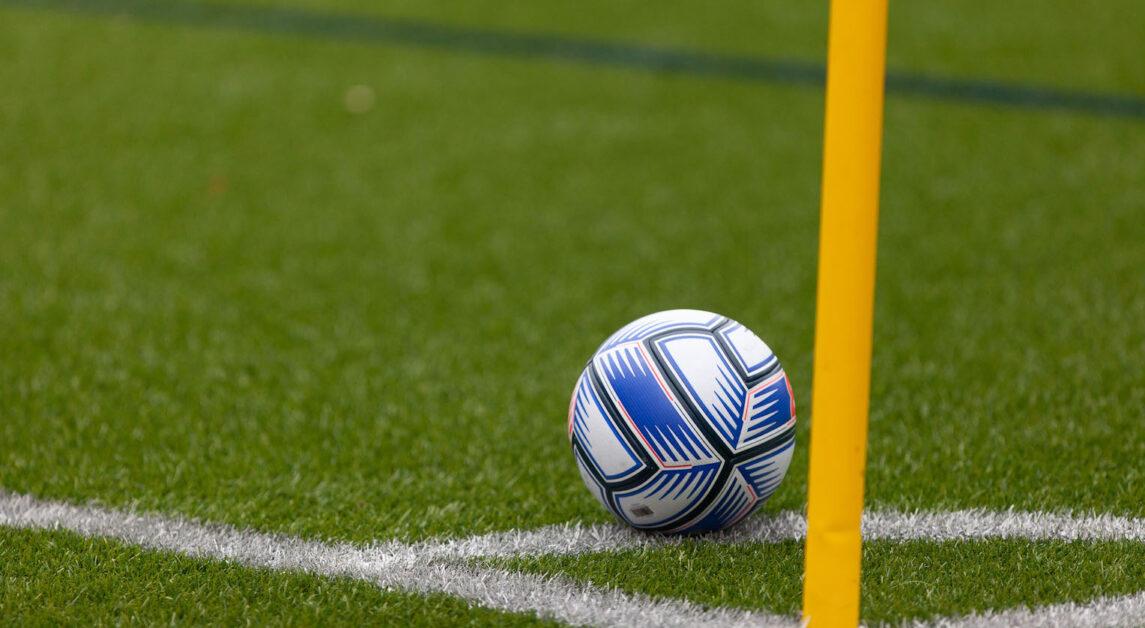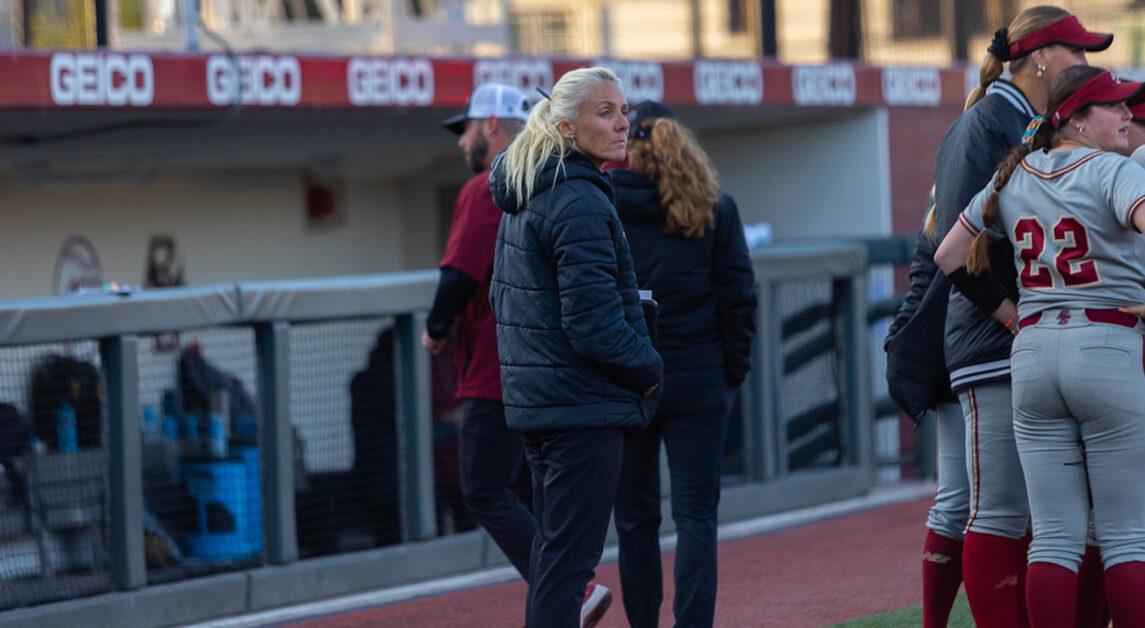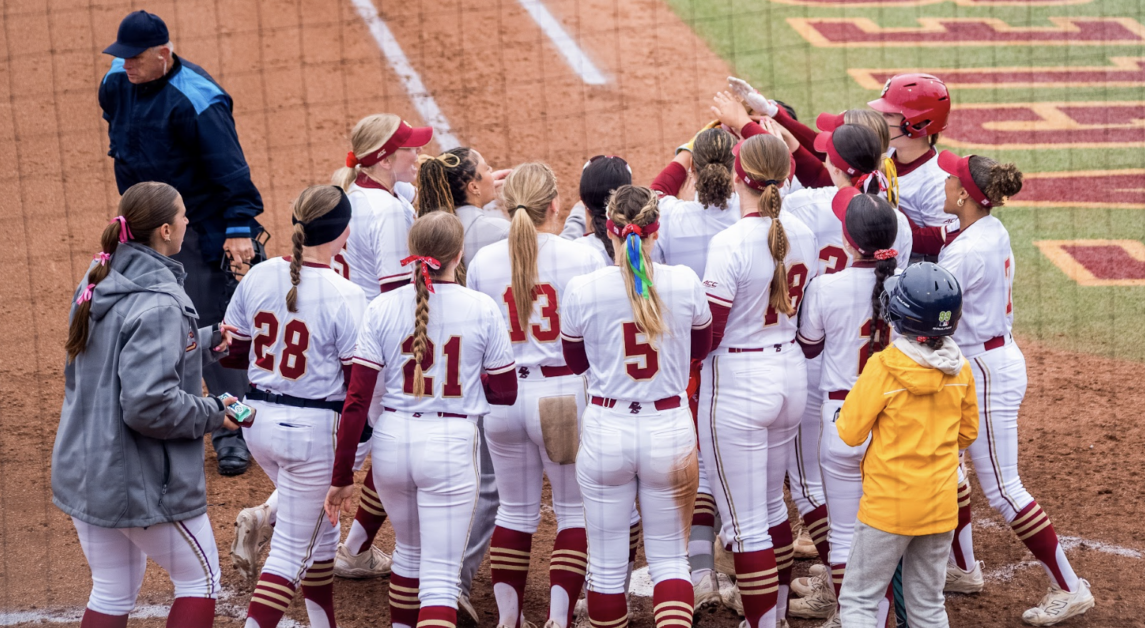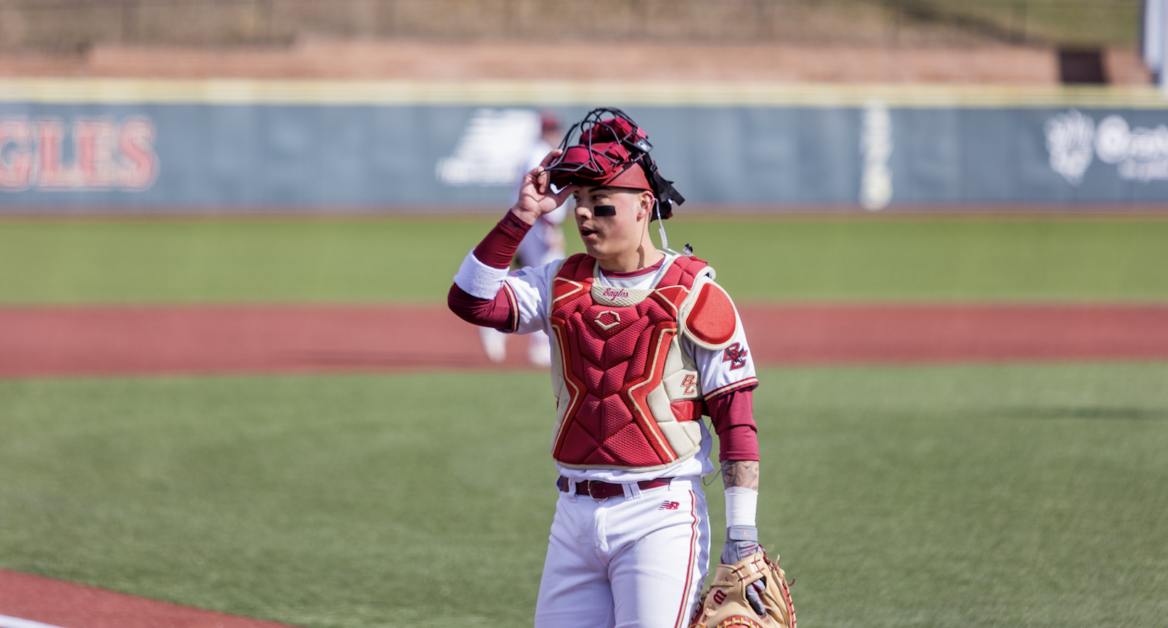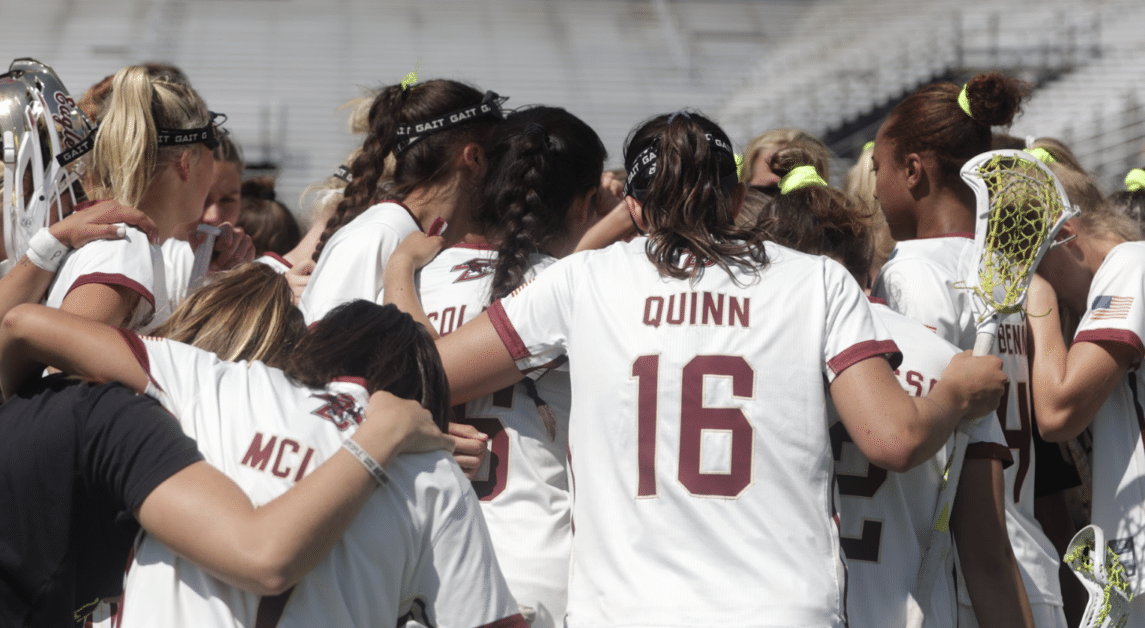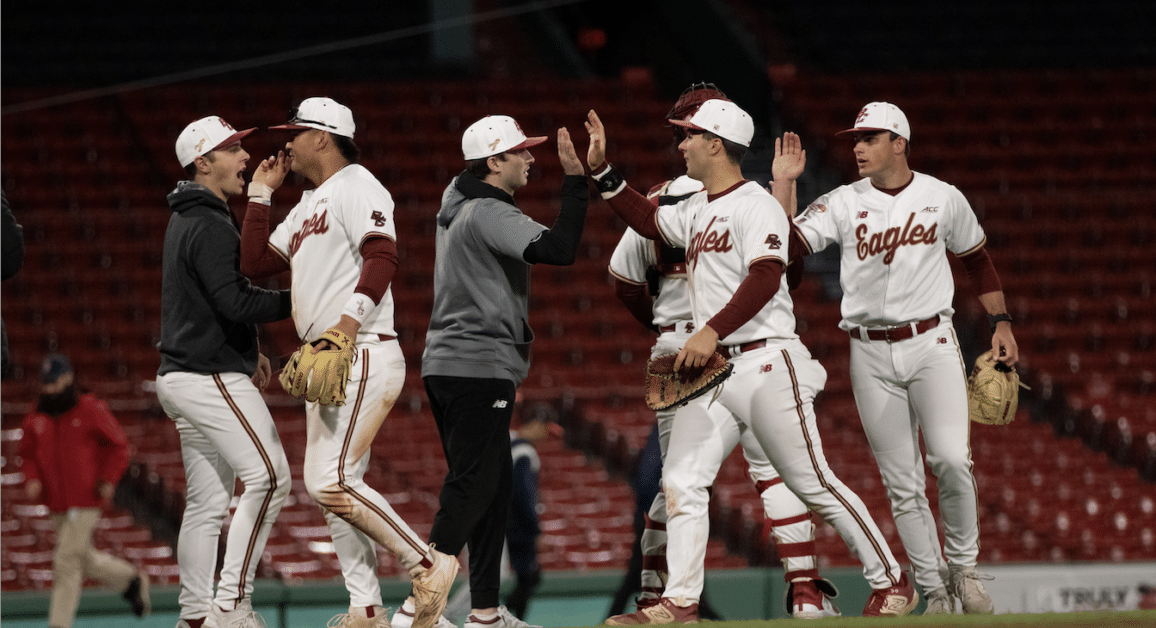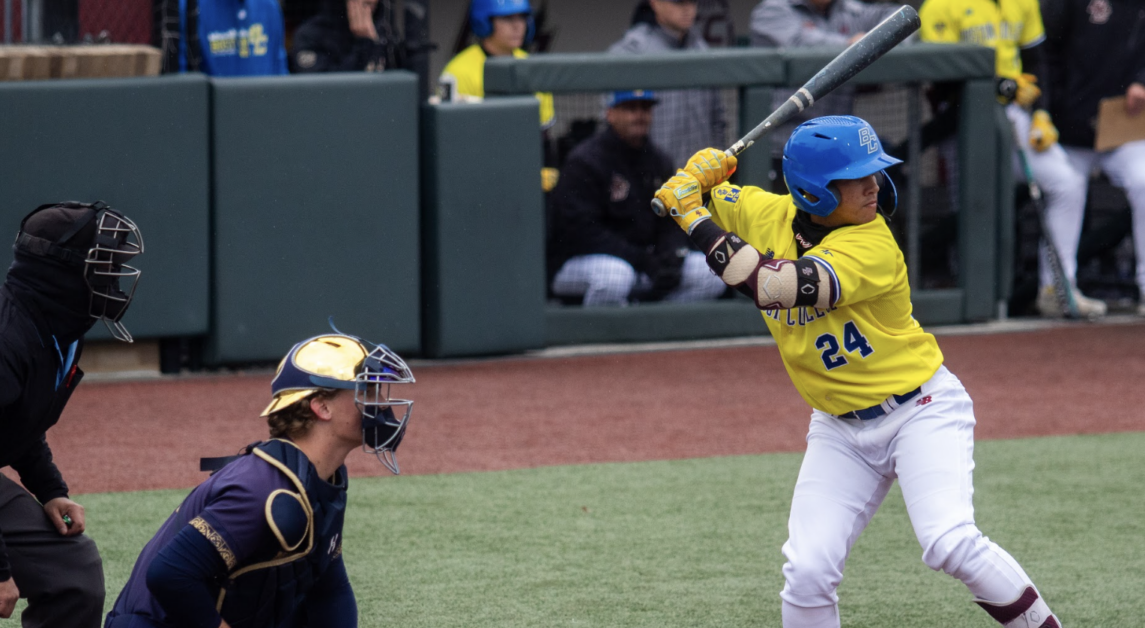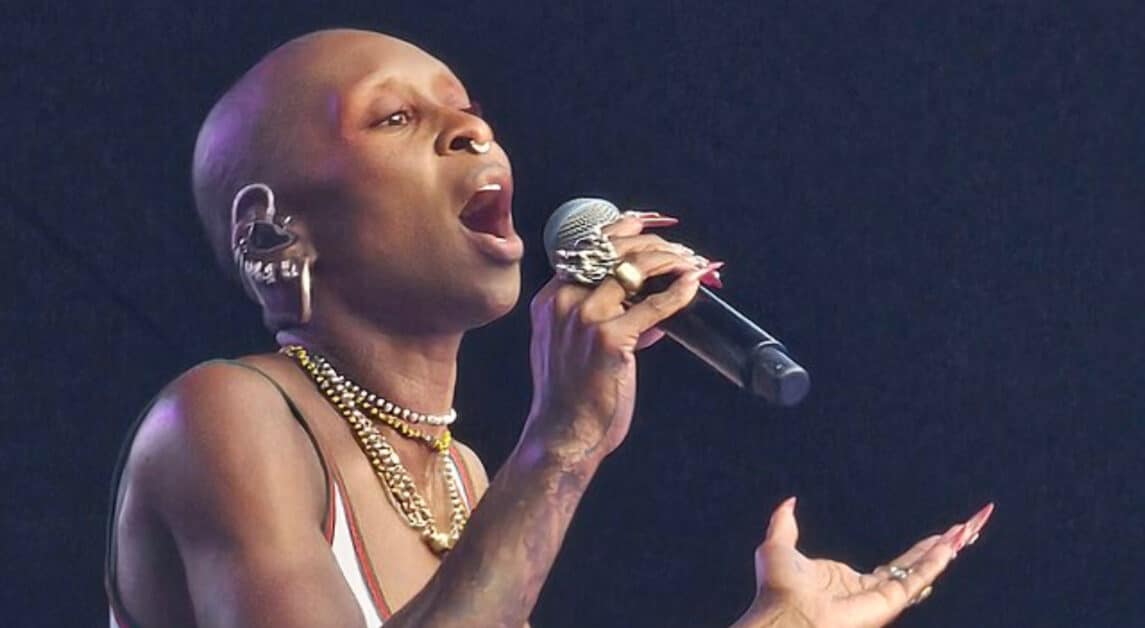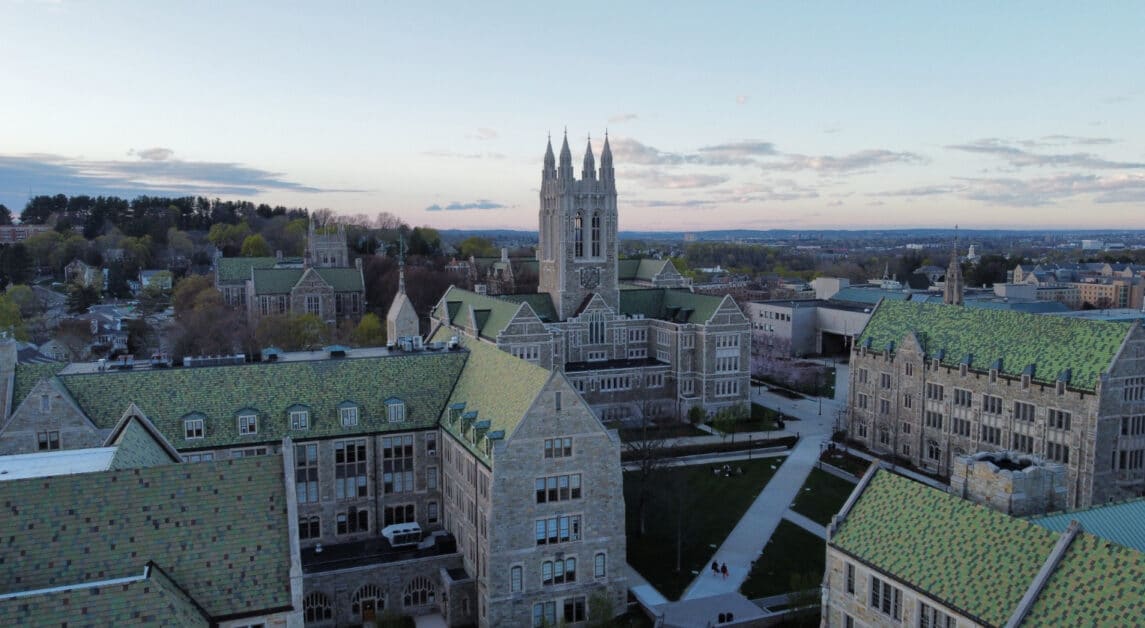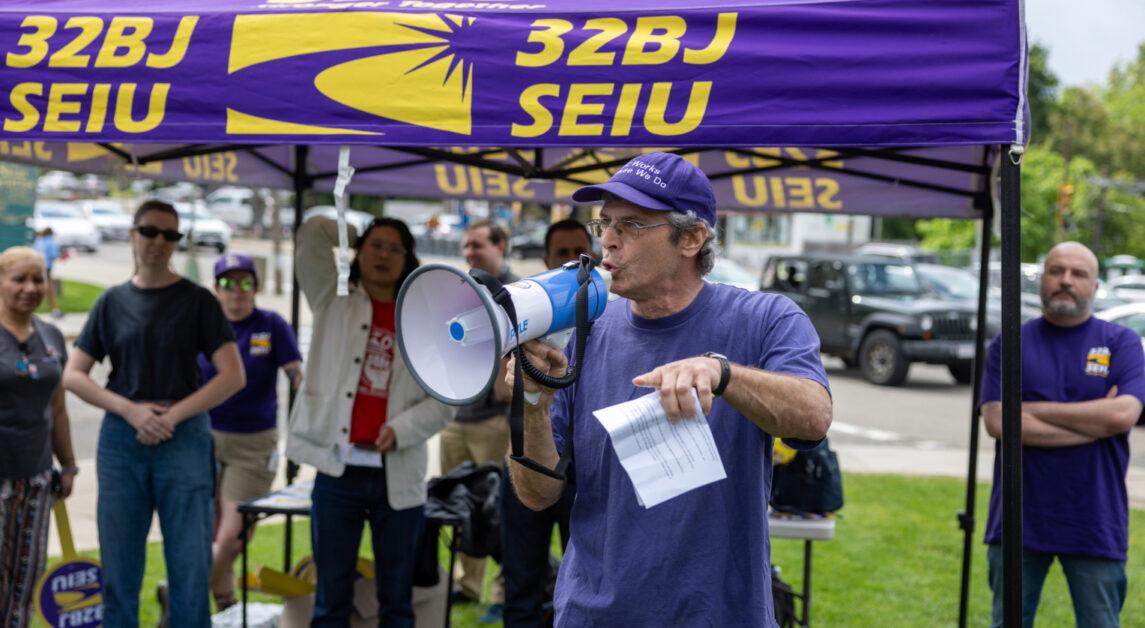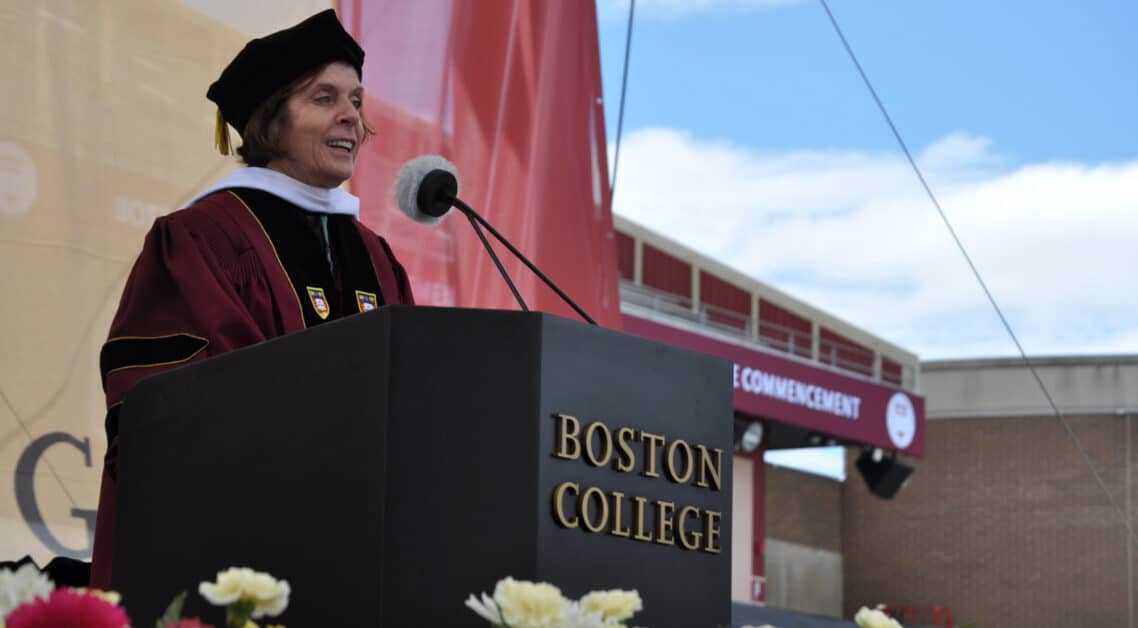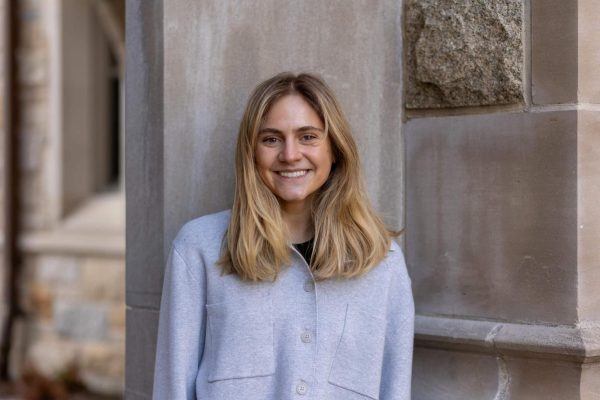Four years ago, the NCAA implemented a policy change that allowed college athletes to profit off of their name, image, and likeness (NIL).
The decision was monumental for its time. But like a catchy album that enjoyed a brief stint at the top of the charts only to sink into oblivion two months later, NIL is practically old news. It’s being placed on the back burner in the wake of the House v. NCAA decision.
The House decision has completely altered the scope of college athletics (yet again) by giving universities the right to compensate athletes directly. While the previous model prohibited paying college athletes just for playing sports, that’s exactly what will happen going forward.
Multiple appeals have already been filed following the decision, and further controversies are likely to arise as the details are ironed out. Former Boston College lacrosse star Charlotte North is one of the female athletes who have filed an appeal related to alleged Title IX violations within the House settlement.
Not to mention other issues the settlement has caused, such as the NCAA issuing back pay to former athletes and the limits being placed on roster sizes, which will be implemented in the next few years.
In other words, the dust still hasn’t settled—and it probably won’t for a while.
While that’s happening, though, here is a look at the settlement as of now, as well as how it may affect BC Athletics.
_________
Six months after the NCAA approved NIL money in college athletics, now-NFL star Zay Flowers announced that he would return to BC for his senior season, despite NIL companies promising him six-figure deals to transfer.
Although Flowers wasn’t poached, the threat of a star player like him leaving for big bucks helped lead to the founding of Friends of the Heights (FOTH), BC’s independent collective.
The situation was not an isolated case—schools around the country were quickly discovering that if they wanted to be competitive athletically, they would first have to be competitive in the NIL scene.
Since its founding in 2022, FOTH has attempted to do just that by arranging and executing NIL deals for BC student-athletes. As donors give money to benefit certain programs, teams, or athletes, the collective has used tax-deductible organizations to disperse the funds.
The collective did so by organizing opportunities for BC student-athletes to perform service work at charities such as the John M Barry Boys and Girls Club in Newton.
Service was completed, and athletes were compensated. They were essentially working for money, but FOTH General Manager Tom Devitt says that the outcome of the service was extremely positive nonetheless.
“I witnessed our student-athletes doing incredible, incredible work, and the reality is, we gained fans,” Devitt said. “I saw more Boston College sweatshirts and gear in different parts of the city, and different places in the state. And I think part of that could easily have had to do with our student-athletes directly interacting with so many community members.”
Similar collectives around the nation have done similar things.
“Third parties everywhere were responsible for every dollar that would ultimately benefit a student-athlete,” Devitt said. “The student-athlete would perform work, whether that’s marketing work or service work or social media work, on behalf of a company or group. But ultimately, the third parties were responsible for every dollar.”
That’s not the case anymore.
What now?
Since institutions can now pay their athletes directly, it may seem as though NIL deals and the independent collectives that have helped orchestrate them are phasing out.
And while it’s true that donor-backed collectives around the country are being made official parts of their respective institutions, or even disbanded, that’s not the case at BC, according to Devitt.
“We’re definitely needed, just maybe in a slightly different capacity,” Devitt said. “We will impact multiple populations of athletes as we continue to partner with BC.”
In many ways, FOTH may be more important than ever.
Hypothetically, all institutions are now able to spend the same amount of money compensating players due to a $20.5 million cap. But collectives such as FOTH can help augment those salaries by orchestrating additional NIL deals for student-athletes. In this way, the collective can help BC offer bigger salaries, even if the cap doesn’t necessarily support it.
This will be the case at many institutions. So while NIL money is no longer the only money on the table, it will still play a large part in deciding how much money athletes bring in.
“There are individual agreements that we can fashion for individual athletes of any sport,” Devitt said. “Maybe there’s a company that’s very interested in a particular athlete or two, and we can really be important in that relationship.”
NIL money can also continue to help pay athletes in programs that are less heavily funded—sports like lacrosse, volleyball, field hockey, or pretty much any other sport that doesn’t generate high revenue.
While NIL money is still allowed, new NCAA rules require that all NIL contracts be submitted through NIL Go, a site that will act as a clearinghouse, to ensure that NIL deals are made for legitimate business purposes.
“Institutions must be strategic with how they operate in this new era,” Devitt said. “We are fortunate to work with an athletic department that embraces this landscape.”
What does this mean for BC?
Could a school like BC be too good at sports? The thought may sound ridiculous. After all, its football and basketball teams haven’t seen much success in recent years.
But think of it this way:
BC has several programs that are either extremely impressive or have real potential to be competitive in their respective leagues. Football, men’s hockey, women’s hockey, and lacrosse were all ranked at some point last season (yes, counting that time football was ranked No. 24 for all of a week).
That certainly seems like a good thing. But trying to decide what percentage of the cap should go to a Power 4 basketball, football, and baseball program—as well as two powerhouse hockey programs in Hockey East—certainly won’t be easy.
But is it possible? Is it possible to succeed at, well, everything?
The question is not just about BC—it’s about its competitors, too.
For example, BC’s crosstown rival, Boston University, doesn’t have a football team, and its basketball team plays in the Patriot League, which does not have the talent of the ACC.
Does that mean that BU could potentially spend more than 75 percent of its cap on its men’s and women’s hockey programs? And with more money to spend, could the program start stealing recruits away from BC? At what point could a city view and a bigger sum of money beat out the comfort of being nestled away in Chestnut Hill with Greg Brown and his staff?
It’s pretty easy to pick a central focus for a school like BU. It’s hockey. But at BC, the question of where the focus—and, therefore, the money—should be is not as easy as it might seem.
Football will get the highest percentage of the cap due to its profitability. But after that, is it right to give money to the program that had the best regular season in the country last year or the team that has not been to the NCAA Tournament in more than 15 years?
The team that finished below .500 last season or the one that finished the regular season 15–1?
The questions could pile on for pages, but the bottom line is this: How BC answers those questions will determine its athletic success going forward.
In this new age, money is the name of the game.

